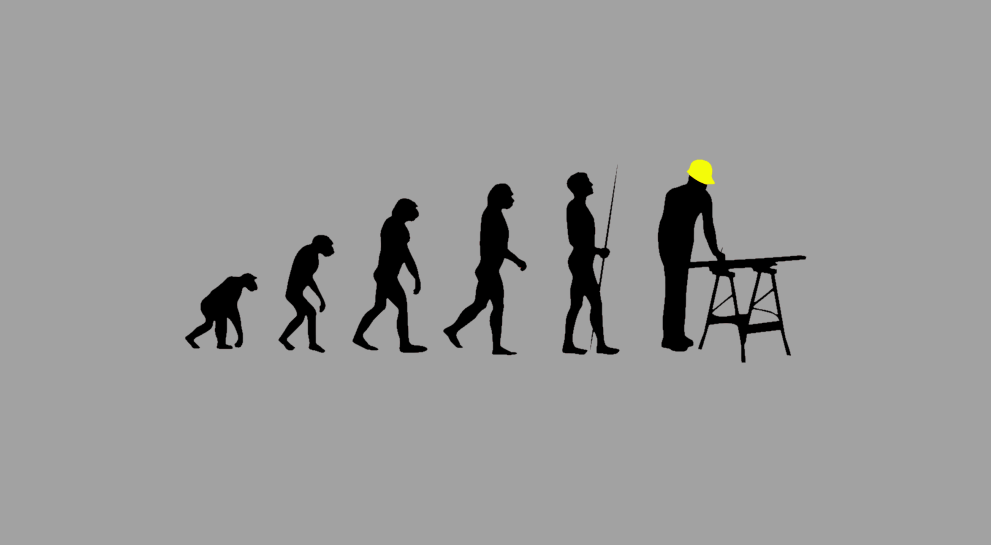Civil engineering is probably one of the most complex branches of engineering, as it encompasses the application of vast knowledge with the purpose of achieving a safe and sustainable built environment.
Even though the term of ‚civil engineering’ started being used only in the 18th century, the knowledge and work related to it can be observed throughout the history and evolution of mankind. The very first skills of engineering in construction were developed along with man’s awareness of protection need in front of weather and external dangers. Thus, the need for shelter led to the construction of dwellings.
It is important to acknowledge that, since ancient times, man has adapted the constructions according to the geographical area, the climate and especially to the day-to-day activities. People have found ways to use and convert the natural environment to improve their living conditions and adapt to the natural and historical conditions.
The first dwellings used by people were temporary and mobile, illustrating the nomadic lifestyle, but, throughout time, the need to provide permanent and long-lasting construction arose. Nowadays, man-made constructions of all kind are where most of the human activities take place. Therefore, the development of civil and structural engineering was and is in continuous development, in line with the continuous progress of society.
As a writer once said, “The story of civilization is, in a sense, the story of engineering – that long and arduous struggle to make the forces of nature work for man’s good.” (L. Sprague DeCamp).



